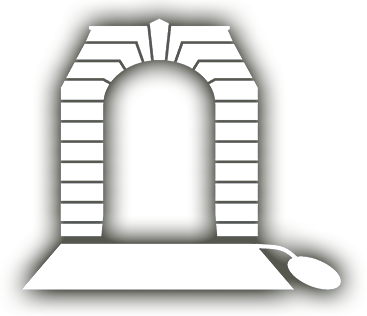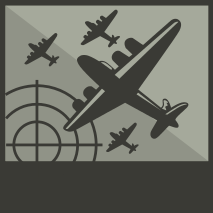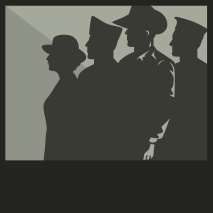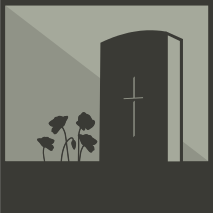Resources
Filter
Media
Type
Conflict
Campaign
Use quotes for more accurate searches - e.g., "2/10th infantry battalion"
Showing 50 of 4068 results
-
https://www.awm.gov.au/collection/R1900211
-
https://recordsearch.naa.gov.au/SearchNRetrieve/Interface/ViewImage.aspx?B=3445699
-
https://recordsearch.naa.gov.au/SearchNRetrieve/Interface/ViewImage.aspx?B=4301964
-
http://www.ww2roll.gov.au/Veteran.aspx?ServiceId=R&VeteranId=888263
-
https://recordsearch.naa.gov.au/SearchNRetrieve/Interface/ViewImage.aspx?B=4301965
-
NAA: B2455, SEABROOK George Ross
-
https://recordsearch.naa.gov.au/SearchNRetrieve/Interface/ViewImage.aspx?B=11587636
-
https://recordsearch.naa.gov.au/SearchNRetrieve/Interface/ViewImage.aspx?B=11587631
-
http://www.ww2roll.gov.au/Veteran.aspx?ServiceId=A&VeteranId=666988
-
http://www.abc.net.au/ww1-anzac/passchendaele/diaries-and-footage/artillery.html
-
http://www.ww2roll.gov.au/Veteran.aspx?ServiceId=A&VeteranId=673451
-
http://www.ww2roll.gov.au/Veteran.aspx?ServiceId=A&VeteranId=667711
-
https://recordsearch.naa.gov.au/SearchNRetrieve/Interface/ViewImage.aspx?B=8091781
-
https://www.awm.gov.au/collection/R2419516
-
http://nla.gov.au/nla.news-article146436455
-
https://recordsearch.naa.gov.au/SearchNRetrieve/Interface/ViewImage.aspx?B=8074870
-
https://recordsearch.naa.gov.au/SearchNRetrieve/Interface/ViewImage.aspx?B=8860342
-
https://recordsearch.naa.gov.au/SearchNRetrieve/Interface/ViewImage.aspx?B=8094224
-
https://www.awm.gov.au/collection/R2201742
-
https://www.awm.gov.au/collection/R1913797
-
http://www.torresstraitheritage.com/blog/?p=846
-
http://www.rafupwood.co.uk/156squadron.htm#156losses
-
http://www.156squadron.com/view_aircrew.asp?pCrewId=1975
-
https://www.warmemorialsregister.nsw.gov.au/content/manly-anzac-war-memorial
-
https://www.cwgc.org/find-war-dead/casualty/110595/mcdonald,-alfred/
-
https://recordsearch.naa.gov.au/SearchNRetrieve/Interface/ViewImage.aspx?B=8098230
-
https://recordsearch.naa.gov.au/SearchNRetrieve/Interface/ViewImage.aspx?B=3095037
-
https://recordsearch.naa.gov.au/SearchNRetrieve/Interface/ViewImage.aspx?B=3095098
-
https://recordsearch.naa.gov.au/SearchNRetrieve/Interface/ViewImage.aspx?B=4380386
-
https://recordsearch.naa.gov.au/SearchNRetrieve/Interface/DetailsReports/ItemDetail.aspx?Barcode=8202603&isAv=N
-
http://www.ww2roll.gov.au/Veteran.aspx?serviceId=N&veteranId=1176431
-
https://www.awm.gov.au/collection/R1674897
-
https://s3-ap-southeast-2.amazonaws.com/awm-media/collection/RCDIG1067906/document/5484782.PDF
-
https://s3-ap-southeast-2.amazonaws.com/awm-media/collection/RCDIG1068741/document/5515697.PDF
-
https://recordsearch.naa.gov.au/SearchNRetrieve/Interface/ViewImage.aspx?B=4456995
-
https://recordsearch.naa.gov.au/SearchNRetrieve/Interface/ViewImage.aspx?B=5265984
-
https://recordsearch.naa.gov.au/SearchNRetrieve/Interface/ViewImage.aspx?B=7998389
-
https://www.awm.gov.au/collection/R1918850
-
http://aircrewremembered.com/cawthorne-philip.html
-
https://aif.adfa.edu.au/showPerson?pid=228464
-
https://recordsearch.naa.gov.au/SearchNRetrieve/Interface/ViewImage.aspx?B=7998389
-
https://recordsearch.naa.gov.au/SearchNRetrieve/Interface/ViewImage.aspx?B=8197110
-
https://www.awm.gov.au/collection/R2014400
-
https://www.awm.gov.au/collection/R2219028
-
https://recordsearch.naa.gov.au/SearchNRetrieve/Interface/ViewImage.aspx?B=3107472
-
http://kokodahistorical.com.au/diggers-stories/raymond-baldwin
-
http://www.ww2roll.gov.au/Veteran.aspx?serviceId=A&veteranId=89414
-
https://www.awm.gov.au/collection/R1488913
-
https://www.awm.gov.au/collection/R1946739
-
https://www.awm.gov.au/collection/R1897008
Page 54 of 82
This page is supported by a grant from the ANZAC Day Commemoration Council







